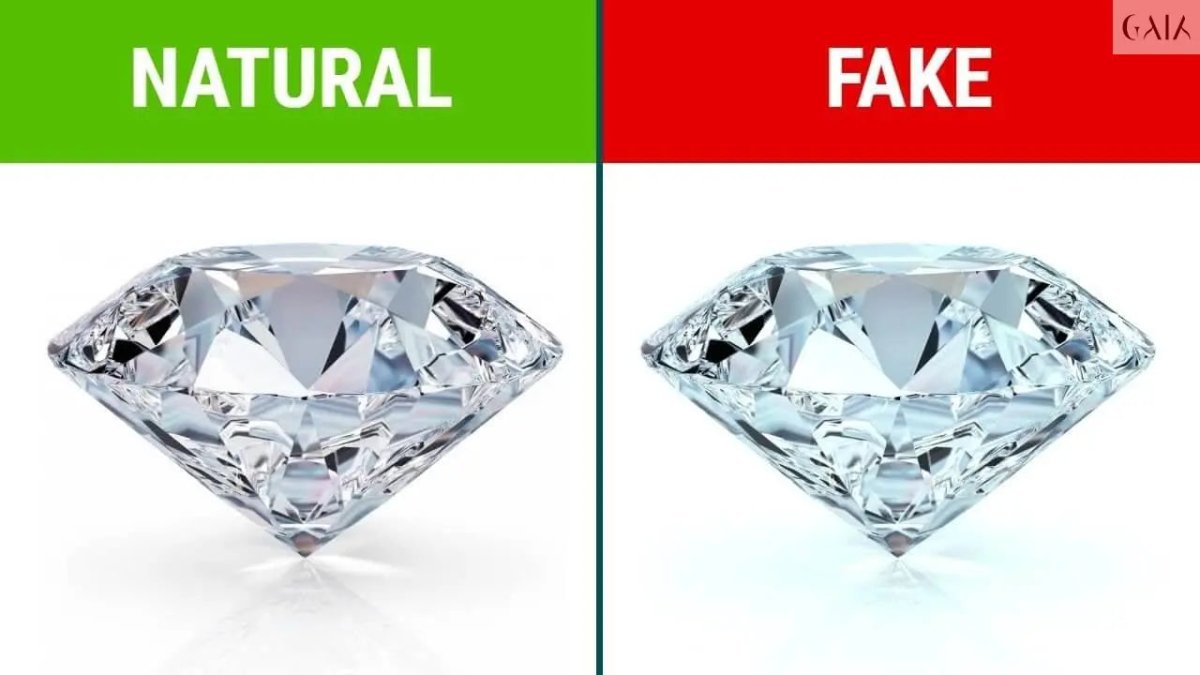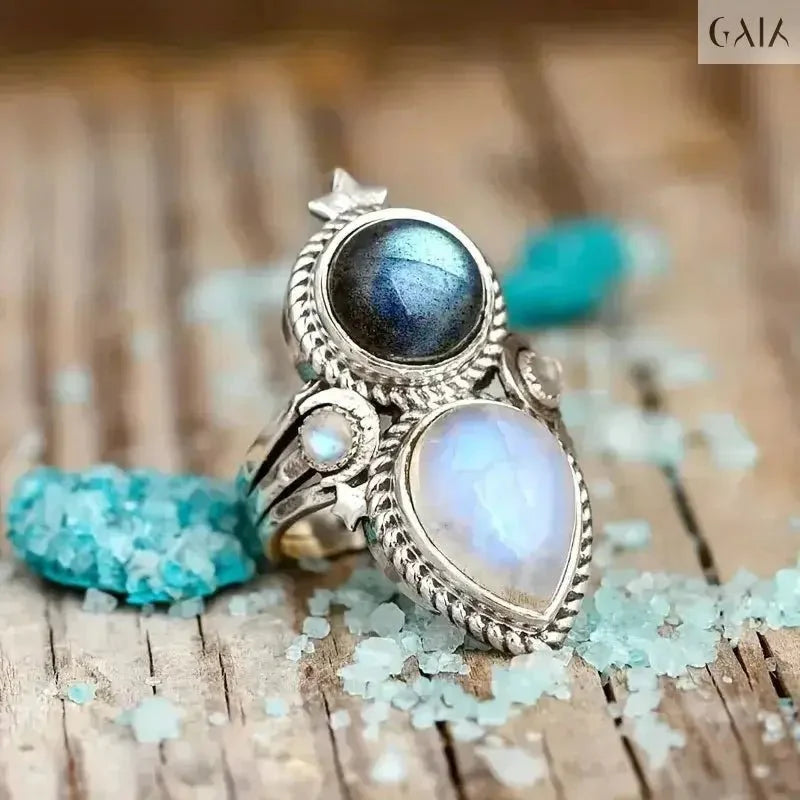
Distinguer les vraies et les fausses pierres précieuses
Lors de l'achat de bijoux ou de pierres précieuses, ou lors de l'évaluation de pièces de succession, il est important de connaître la différence entre les pierres précieuses authentiques et les fausses. Les pierres précieuses traitées, synthétiques ou artificielles peuvent ressembler étroitement aux pierres naturelles non traitées, mais sont généralement moins chères et n'ont pas la valeur durable associée à la rareté naturelle.
Cet article vise à clarifier les différences entre les pierres précieuses « réelles » et « fausses », comment les identifier et où se situent ces distinctions pour une identification simple.
Distinguer les vraies et les fausses pierres précieuses
Il est essentiel de comprendre les différences fondamentales entre les pierres précieuses naturelles et synthétiques pour effectuer des achats ou des évaluations en toute connaissance de cause. Les pierres précieuses naturelles se forment sur des milliers, voire des millions d'années dans la Terre, tandis que les pierres précieuses synthétiques sont créées en laboratoire. Malgré leurs similitudes, il existe des différences nettes qui peuvent aider à les différencier.
Les pierres précieuses naturelles, comme les diamants et les rubis, possèdent des inclusions et des compositions uniques qui sont difficiles à reproduire artificiellement. En revanche, les pierres précieuses synthétiques, comme la zircone cubique, peuvent sembler parfaites, mais manquent souvent de profondeur et de lustre des pierres naturelles. De plus, les pierres précieuses synthétiques sont généralement produites à un coût inférieur, ce qui les rend plus abordables.
Différences courantes entre les pierres précieuses naturelles et synthétiques
Les différences courantes entre les pierres précieuses réelles et synthétiques incluent :
- Inclusions : Les pierres précieuses naturelles ont généralement des inclusions, tandis que les pierres précieuses synthétiques ont souvent peu ou pas d'inclusions.
- Couleur : Les pierres précieuses synthétiques ont souvent une couleur plus uniforme, tandis que les pierres naturelles présentent de légères variations de couleur.
- Poids : Les pierres précieuses synthétiques, telles que la zircone cubique, sont généralement plus denses et plus lourdes que leurs homologues naturelles.
de véritables pierres précieuses
Pour déterminer si une pierre précieuse est réelle ou synthétique, plusieurs méthodes peuvent être utilisées :
- Inspection visuelle : recherchez les inclusions naturelles courantes, les imperfections et les variations de couleur. Une loupe de bijoutier (une petite loupe) peut être utile pour cet examen.
- Test de l'indice de réfraction : les pierres précieuses ont des indices de réfraction spécifiques qui peuvent être mesurés à l'aide d'outils spécialisés. La comparaison de ces mesures avec des valeurs connues peut faciliter l'identification.
- Densité et gravité spécifiques : mesurer la densité de la pierre précieuse et la comparer aux valeurs connues pour divers matériaux peut aider à l'authentification.
- Évaluation professionnelle : Pour les pierres précieuses ou complexes, il est recommandé de faire appel à un gemmologue professionnel ou à un laboratoire de pierres précieuses pour une évaluation.
Il est également important de reconnaître d’autres catégories de pierres précieuses, telles que les stimulants, les pierres assemblées et les pierres précieuses traitées. Les simulants imitent les pierres précieuses sans avoir les mêmes propriétés chimiques et physiques. Les pierres assemblées sont créées en combinant plusieurs matériaux, comme des doublets ou des triplets. Les pierres précieuses traitées sont de véritables pierres précieuses qui ont subi des améliorations, comme un traitement thermique, pour améliorer leur apparence ou leur durabilité.
En résumé, il peut être difficile de distinguer les pierres précieuses naturelles des pierres synthétiques. En comprenant les différences essentielles, en utilisant diverses méthodes d'authentification et en faisant appel à l'expertise d'un professionnel si nécessaire, vous pourrez déterminer avec précision la véritable nature de ces magnifiques pierres.


